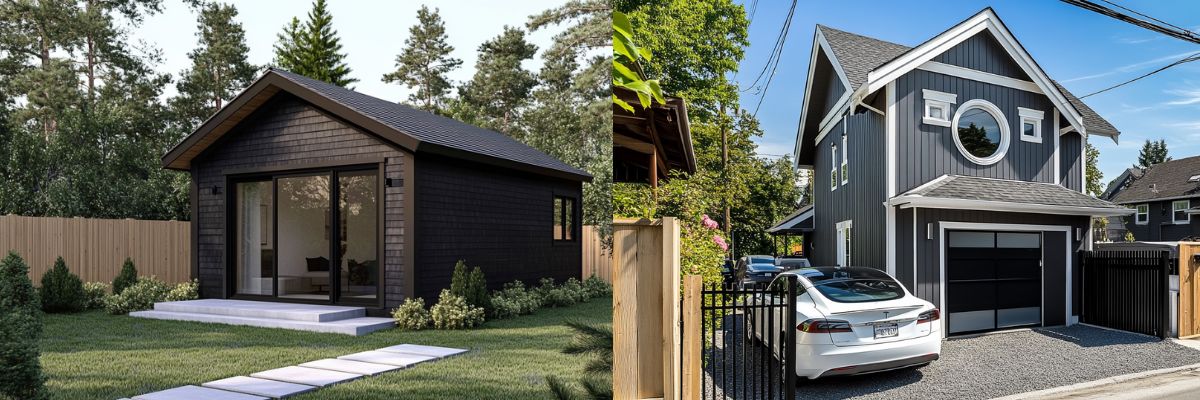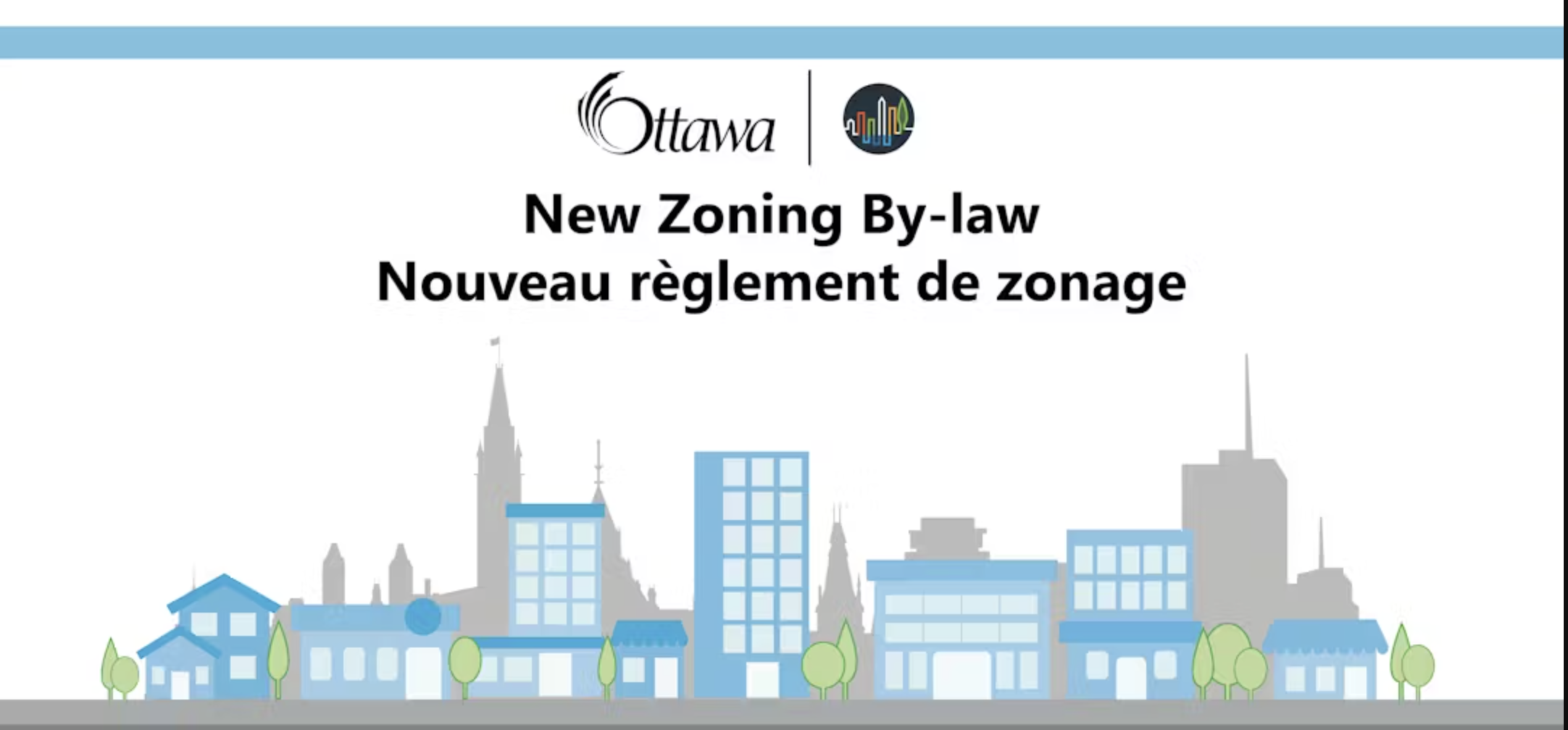Garden Suite Vs Laneway Home: What's The Difference?
Ottawa homeowners looking to expand their living space or add a rental unit have two main detached ADU (Accessory Dwelling Unit) options: the garden suite and the laneway home, often called a coach house. While these structures may appear similar—they’re both self-contained residential units located behind the primary dwelling—their eligibility, placement, and approval criteria differ significantly depending on property type and location.
This article explains the key differences between garden suites and laneway homes in Ottawa, outlines their regulations, costs, and practical examples, and helps you determine which type of unit fits your property.
What Is a Garden Suite?
A garden suite in Ottawa is a fully self-contained, detached residential unit constructed in the backyard of a lot that contains a principal home. It is often used for rental income, extended family, or multigenerational living and does not require access to a public laneway.
Garden suites are designed to integrate with backyard landscaping and can be accessed via the side yard or through the backyard itself. They are widely permitted across Ottawa, provided the property meets setback and lot coverage rules.
Key Features of a Garden Suite
- Detached unit located in the backyard
- No requirement for a public laneway
- Accessed through a side or rear yard
- Can share utilities with the main home or have separate connections
- Ideal for in-law suites, rentals, or private retreats
- Maximum size: Up to 40% of the primary dwelling’s floor area
What Is a Laneway Home (Coach House)?
A laneway home, also known in Ottawa as a coach house, is a detached ADU built on a lot that directly abuts a public laneway. These units must face the laneway and are designed to have dedicated access from the lane. Because of this requirement, they are limited to properties located on lanes that meet the city’s access and servicing criteria.
Coach houses are typically located at the far rear of the lot and serve the same purposes as garden suites, including use as rental housing, family suites, or private living space.
Key Features of a Laneway Home
- Detached unit located at the back of the property
- Must abut a public laneway
- Accessed directly from the lane
- Must comply with additional setbacks and design standards
- Maximum size: Also limited to 40% of the main home’s floor area
- Commonly used for rental, guest, or family housing

Garden Suite vs Laneway Home: Key Comparison
Here’s a side-by-side comparison of the two options in the context of Ottawa zoning and design rules:
Realistic Ottawa Examples
Garden Suite Scenario
You live in Old Ottawa East on a standard detached lot that backs onto another yard, not a laneway. You decide to build a 650 sq. ft. garden suite for your aging parent. The unit is placed in the backyard, accessed through the side yard, and features a full kitchen, bathroom, and private entrance. Because your property doesn’t touch a public laneway, a garden suite is the correct ADU choice for your lot.
Laneway Home Scenario
Your property is located on Percy Street and backs directly onto a public laneway. You construct a 650 sq. ft. coach house at the rear of your lot, with its own entrance from the laneway. The design meets Ottawa’s height and setback rules, and you include separate hydro and water connections to support rental use. This is considered a laneway home or coach house and follows city-specific guidelines.
Ottawa Regulatory Requirements
Whether you choose a garden suite or laneway home, Ottawa’s zoning and permitting requirements must be followed carefully.
General ADU Rules
- Maximum Size: Detached ADUs can be up to 40% of the principal dwelling’s floor area, subject to total lot coverage restrictions
- Detached Units: Only one detached ADU (garden suite or coach house) is allowed per property
- Total Units Allowed: You may have up to three total units on a lot (main home + one internal ADU + one detached ADU)
- Permitting Process: Expect 2–3 months for application, review, and building permit issuance
- Utility Requirements: Detached units often require updated or new utility connections depending on distance from the main dwelling
- Zoning Compliance: All detached ADUs must comply with side and rear yard setbacks, height limits, and access rules
.svg)






.jpg)
.jpg)



